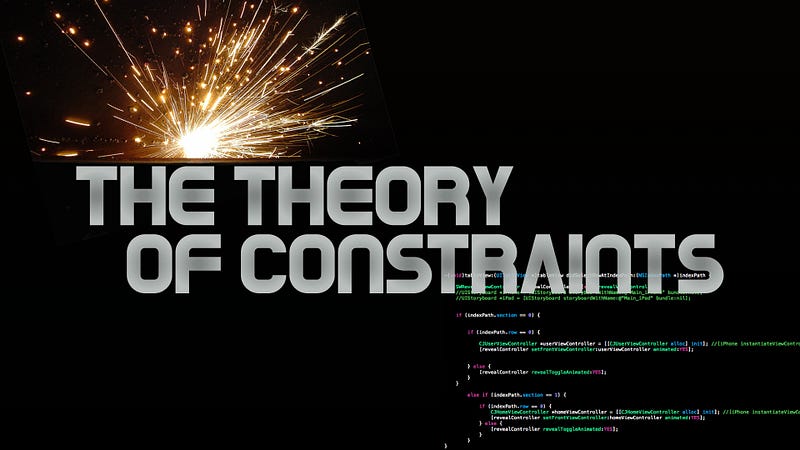A series of 5-minute posts on applying principles of flow to knowledge work
Below you can find all the posts published so far, and a quick 3-point summary of each.
101: Introduction to the Series
The basic premise of the Theory of Constraints as outlined in The Goal by Eliyahu Goldratt; the definition of a bottleneck or a constraint; why the only way to improve a system is to improve the constraint
102: The Illusion of Local Optima
Why local and global optima are mutually exclusive; why a company where everyone is busy working is terribly inefficient; any improvement not at the constraint is an illusion
103: The Four Fundamental Principles of Flow
A brief history of how the fundamental principles of flow have been manifested over time; the importance of limiting work-in-progress; Goldratt’s proposal of time-based mechanisms for limiting work-in-progress
104: Balance Flow, Not Capacity
Drum-Buffer-Rope, the original application of TOC to manufacturing; why no company should take on more work than their bottleneck can process; for even one part of a system to be fully utilized, every other part must have excess capacity
105: Drum-Buffer-Rope at Microsoft
A case study of how a software engineering team at Microsoft used Drum-Buffer Rope to dramatically improve its productivity and throughput
106: The Five Focusing Steps
Brief overview of the continuous improvement method at the heart of TOC; how dynamic systems provide feedback in correctly identifying the constraint; how TOC proposes improving complex, dynamic systems
107: Identifying the Constraint
Step #1 in the Five Focusing Steps; how to find the organizational constraint in knowledge work; policies and rules as the most damaging (and easiest to change) constraints; running experiments to find constraints
108: Optimizing the Constraint
Step #2 in the Five Focusing Steps; how to optimize the organizational constraint in knowledge work; TOC as a targeting and implementation system for all other improvement methods
109: The Psychology of Subordination
Step #3 in the Five Focusing Steps; how subordination brings the psychological and political aspects of organizations to the forefront; why our system of measurement incentivizes local, not global, productivity
110: Elevating the Constraint
Step #4 in the Five Focusing Steps; why it’s not wise to jump directly to step #4 in applying principles of flow; practical techniques for elevating the constraint
111: Critical Chain Project Management
Application of TOC to project management; how high-confidence time estimates lead to massive padding; why time estimates for knowledge work tend to always expand, and rarely contract
Follow us for the latest updates and insights around productivity and Building a Second Brain on Twitter, Facebook, Instagram, LinkedIn, and YouTube. And if you're ready to start building your Second Brain, get the book and learn the proven method to organize your digital life and unlock your creative potential.
- POSTED IN: Flow

